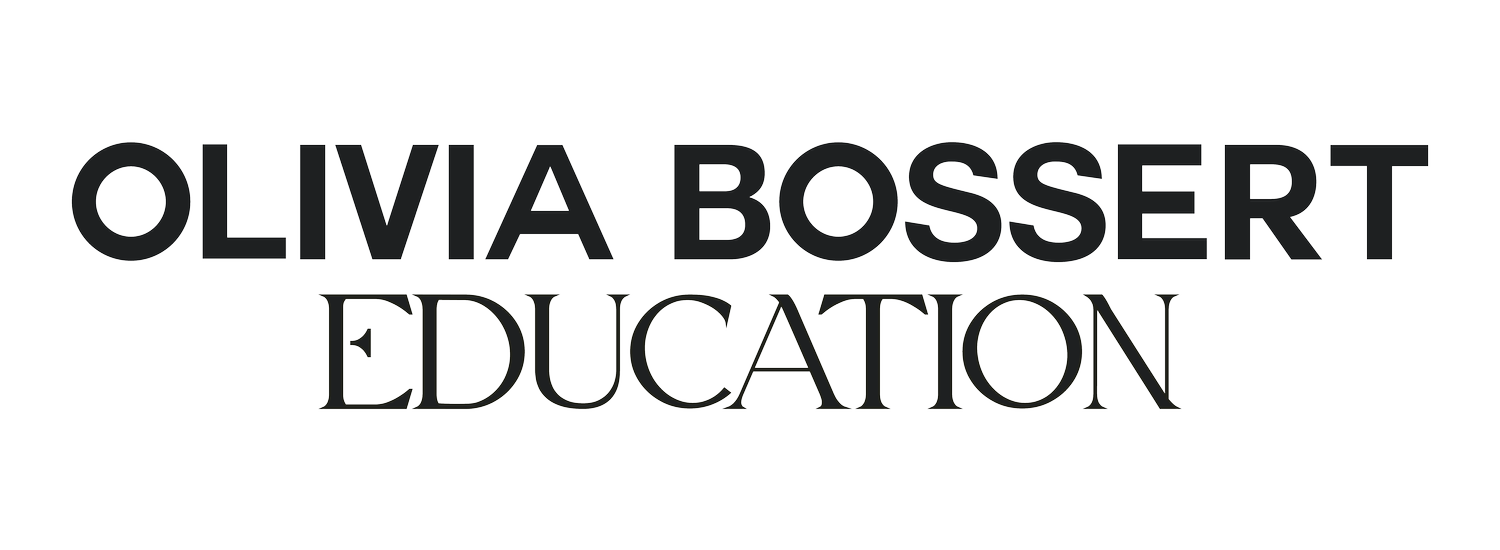Licensing Your Images as a Fashion Photographer
Image licensing is a bombshell of a topic. It’s huge, and something that I get asked about every week, without fail. So, I’m finally creating the blog post that I’ve been meaning to write for a very long time. Let’s talk about how to license your images as a fashion photographer.
Never Assign A Client Copyright
The first thing to note is that you should never give a client (brand or magazine) the copyright of your images. If you do give it over, you give that client the option to do absolutely whatever they want with that image - including reselling it for a lot of money as many times as they like. Some clients may think they need the copyright, but that almost always because they don’t actually understand what copyright is. Instead of assigning a client copyright, you can assign them the “exclusive, all media, global, in perpetuity license” to use the image.
You should also know that as the photographer, you automatically own the copyright of your image. The act of you pressing the shutter, is what creates the copyright.
When To Charge A License and When Not To
One of the biggest hurdles that many photographers face is when to charge a license to a client. If you have an agent, generally they will do all of this negotiation for you. However, most of us don’t have agents, or don’t want one (agents cost a photographer a lot of money!). So photographers need to be able to do their own negotiations, and make their own judgement calls.
I can only give you my personal opinion on this, and I do encourage you to do more research on licensing, however this is my take, and what I do in my own fashion photography business.
If a brand is very small (i.e. a one man/woman band or a tiny team), if it’s their first collection, or if I can just tell that they will not have a budget for a license, I do not charge them one.
I personally choose to include a license for my images to be used online and on social media within my day rate. That means that there is no additional charge to my clients to use the images I take on Instagram, in their newsletters, etc.
Where I will charge a license, is if the brand is larger (i.e. has physical shops, is well established, etc). Some brands will need to use your images in a “point of sale” which simply means they will want to use the images in a store. I do charge a license for use of my images in this way. I will also charge a license for my images to be used if they are used in magazines/billboards/larger adverts.
How Much To Charge
The question that EVERYONE wants the answer to, and I’m afraid there really isn’t an easy answer. I wish there was, because it would make my life much easier, too! However, the best thing that I can suggest is that you use one of the many usage calculators online. I like the Getty Image license calculator, and the AOP calculator.
Generally speaking, these calculators will give you prices which are extortionate, and most brands simply can’t afford to pay a usage fee that high. However I do like to use them as a baseline, so that I can get an idea of what the “industry” is suggesting, and then I can adapt it, or begin to negotiate on a price with my client.
How To Explain Licensing To A Client
An issue that can arise is when a client doesn’t understand licensing. This can be tough, especially if you’re feeling a bit unsure on how to charge for them yourself. However I’ve got an easy analogy that you can use.
In the music industry, it’s very common practice to have to pay for the “right to use” a song in an advert, or even something like a Youtube video. If you’ve ever had to upload a video to Youtube with music on it (most people have) then you’ll know that it can get flagged up as copyright infringement, or it will list the song. Using a photograph in advertising is no different. The photographer who takes the photo is the copyright owner of the image (even if you’ve been paid by the client to shoot that image for them!) and the client is licensing the image to use it in their adverts, in exactly the same way that they would have to if they were using music.
There you go! I really hope that has helped to clarify image licensing for you, and will give you some structure for when you next need to quote a client. If you have any more questions about licensing, feel free to send me a message on Instagram, I’m @oliviabossert.






